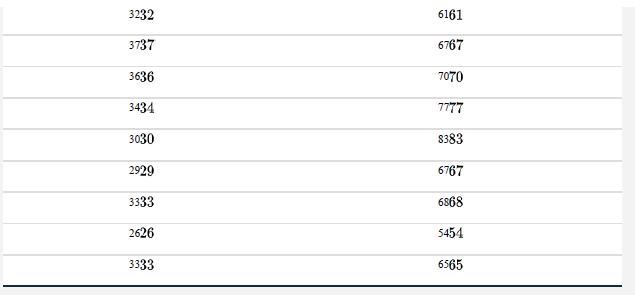Dads transmit many more new mutations than do mothers to their babies at conception. These mutations occur
Question:
Dads transmit many more new mutations than do mothers to their babies at conception. These mutations occur from copying errors during sperm production. There is increasing interest in the effect of father age on this process. As part of a larger study into the genetics of mental illness, Kong et al. (2012) used complete-genome squencing of 21 father-child pairs to tally the total number of new mutations inherited from each father (in this particular sample, all the offspring were afflicted with schizophrenia). These counts are listed in the following table along with fathers’ ages at offspring conception.


a. Graph the relationship between number of new mutations (Y) and father’s age (X) . Add the regression line to your plot.
b. Based on these data, how rapidly does the number of new mutations increase with father’s age? Provide a standard error for your estimate.
c. What is the predicted mean number of new mutations from fathers 36 years of age? How does this compare with the predicted number for fathers only 18 years old?
d. Use the ANOVA approach to test the null hypothesis of no relationship between father’s age and number of new mutations. Include an ANOVA table with your results.
e. What fraction of the variation among fathers in the number of new mutations is explained by father’s age?
Step by Step Answer:

The Analysis Of Biological Data
ISBN: 9781319226237
3rd Edition
Authors: Michael C. Whitlock, Dolph Schluter





